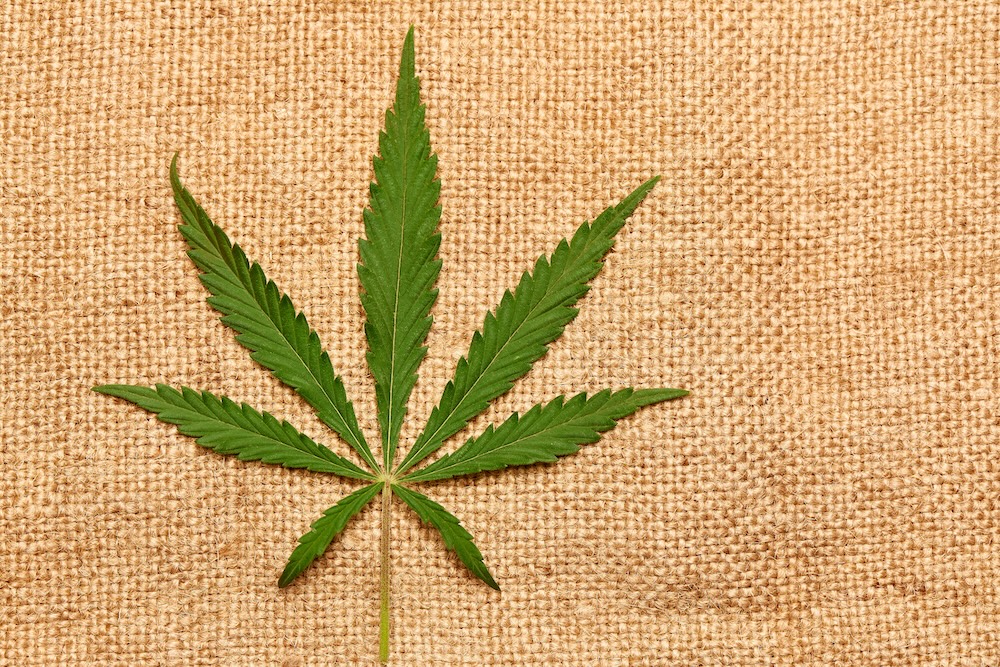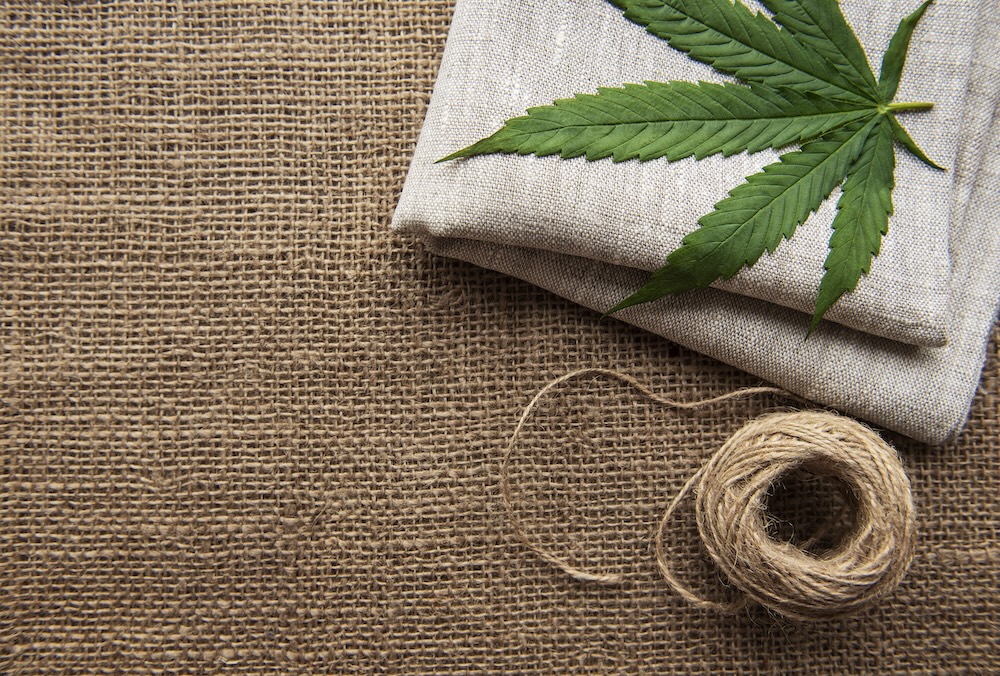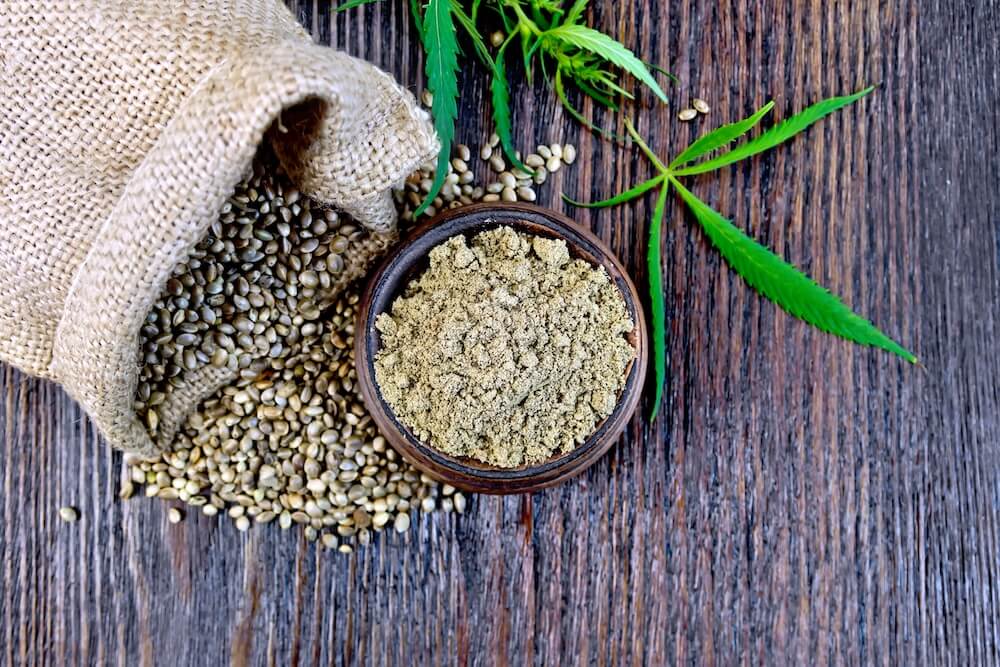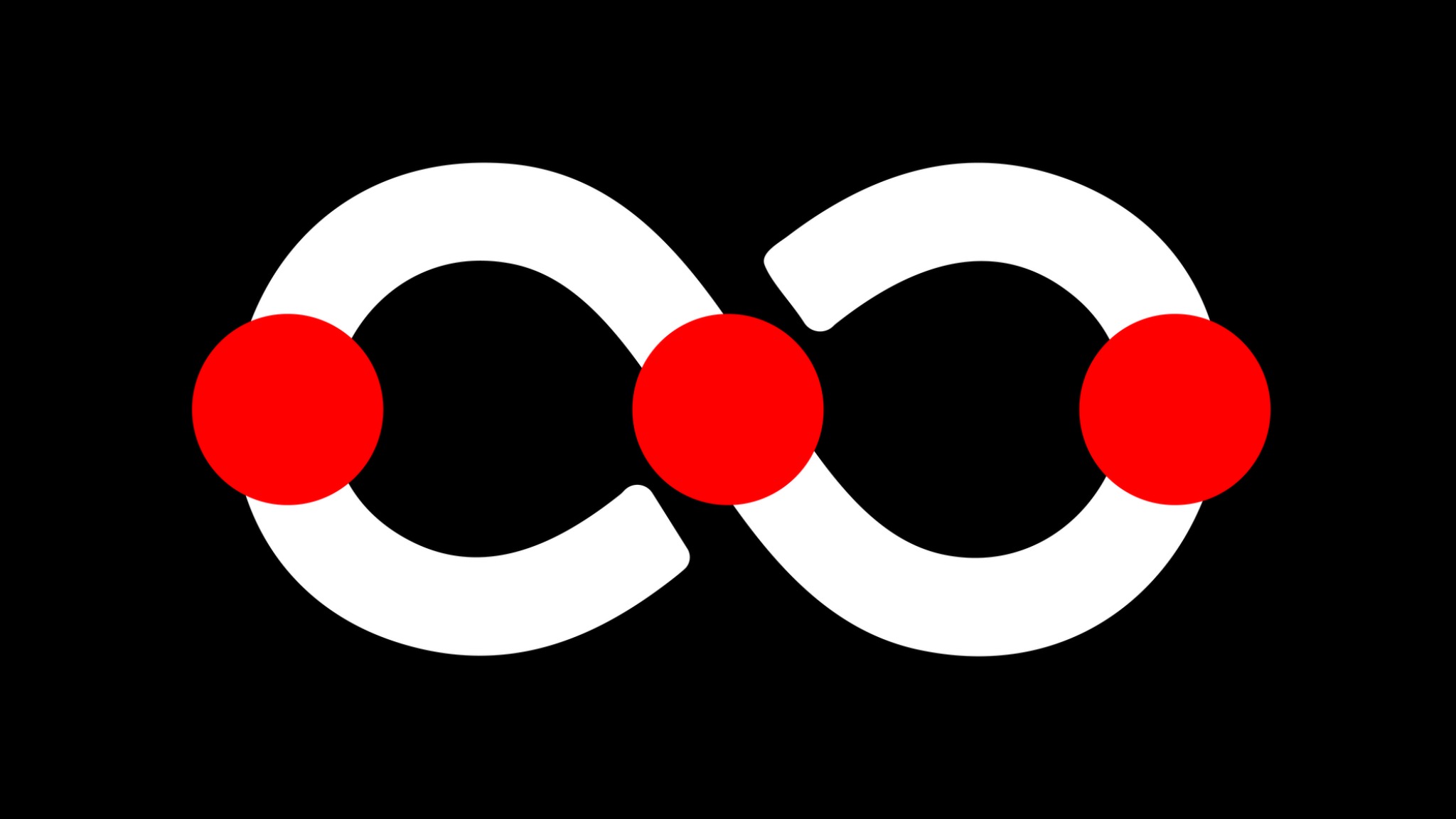Introduction: A Plant That Could Change Everything
Picture one plant that could change the way we build things, replace products made from oil, give us better nourishment, heal a wide range of medical problems, and help fight climate change—all while growing faster and needing less water and nutrients than regular crops. This isn't science fiction; it's the truth of hemp (Cannabis sativa L.), a plant that may be used for many things and has been kept from people for almost a hundred years.

Hemp is one of the best illustrations of how politics, economics, and false information can get in the way of science and human progress. Hemp has been grown for more than 10,000 years and has been the basis for many industries over the years. However, in 1937, it was essentially banned because many thought it was the same as marijuana, which is a drug that makes you high.
Hemp is a "miracle plant" that might help with many of the world's problems at the same time. Today, as we face tremendous environmental issues and look for long-term answers, hemp stands out as a beacon of hope.
The Historical Legacy: From a Necessary Crop to a Banned Plant
Old beginnings and spread over the world
Hemp has been connected to people for thousands of years. Archaeological evidence shows that hemp was one of the earliest plants to be spun into fiber that could be used around 50,000 years ago. It was also one of the first plants to be turned into useful fiber 50,000 years ago, therefore it is one of the earliest plants that people have grown.
The plant's historical importance is huge:
- 26,900 BC: The year when pieces of rope were found in what was then Czechoslovakia in 1997.
- 8000 to 4000 BC: Textile archaeologists unearth pieces of woven hemp in China and Kazakhstan.
- 2800 BC: The Chinese Emperor Shennong is thought to have been the first to employ hemp for medical purposes. A Chinese pharmacopeia book from 2727 BC talks about the herb as a sedative and for its effects against malaria and rheumatism.
The History of Hemp in America
Hemp was so important in early America that it was required by law. During the Colonial Era and Early Republic, Americans had to grow hemp by law. For more than 150 years, you could pay your taxes with hemp since it was such a big part of America.
Hemp was used by famous people throughout history:
- George Washington and Thomas Jefferson both grew hemp on their farms
- People say that hemp paper was used to write the Declaration of Independence.
- Abraham Lincoln used hemp seed oil to light his home
- The United States' Declaration of Independence was signed on July 4, 1776. Hemp paper is used to print it.

1937 and the Great Deception: The Turning Point
The Marihuana Tax Act of 1937 started the systematic banning of hemp. Hemp was rendered illegal because it was guilty by association, like a victim in a war against its identical twin. For more than 80 years, this law effectively put an end to hemp production in the United States.
There were a number of reasons for the ban:
- Economic Competition: New industries including cotton, synthetic plastics, liquor, and timber were able to take the position of hemp in the 1930s. Conspiracy theorists say that these companies paid for false information campaigns to make it easier for these new technologies to take the place of hemp.
- Racial Prejudice: Social attitudes against marijuana changed in the early 1900s. Racist views spread that linked marijuana and its supposed risks to immigrants.
- Political Opportunism: By the 1930s, government drug warriors (most notoriously, Harry Anslinger) used misinformation and conspiracy to scare people.
The Science Behind the Miracle: Learning About Hemp's Amazing Qualities
How to Tell the Difference Between Cannabis and Marijuana
Cannabis sativa is the name for both hemp and marijuana, however they are very different types of plants with very different chemical makeups. The legislation says that hemp is C. Sativa plants that don't have much of the psychotropic chemical delta-9-tetrahydrocannabinol (THC). THC levels must not be higher than 0.3% on a dry-weight basis in Florida and many other states.
This legal difference is quite important: industrial hemp has a lot of cannabidiol (CBD) and only a tiny bit of tetrahydrocannabinol (THC), which is the chemical in marijuana that makes you feel high.
Unmatched Flexibility: Every Piece Is Useful
What makes hemp so amazing is that almost every part of the plant may be used for many things:
Hemp Bast (Fiber):
- Hemp bast can be used to make paper and textiles because it is a fiber source.
- Stronger than cotton and other natural fibers
- Used in construction materials and automotive composites
Hemp Seeds:
- Hemp seeds are a fantastic source of oil for cooking and supplements. The oil is high in omega-3, omega-6, and unsaturated fatty acids.
- A whole protein source with all the amino acids you need
- Hemp seed, in particular, has become known as a "superfood" since it provides a lot of protein, which makes up 20–26% of unhulled seeds.
Hemp Flowers and Leaves:
- The leaves and flowers of hemp contain full of CBD oil, which can help cure Dravet syndrome, Parkinson's illness, schizophrenia, and anxiety disorder.
- Source of different cannabinoids and terpenes that could help with health problems
Hemp Hurd (Inner Core):
- hemp hurd, which is made up of soft inner cores of hemp stalks and stems, can be used to make biofuel, bioproducts, and building materials.
- The main part of hempcrete, a building material that is good for the environment
Industrial Uses: Getting Rid of Bad Industries
Building and Construction Materials
Hemp is changing the building sector with new materials like hempcrete. Hempcrete is a building material that is manufactured from hemp fibers, lime, and water. Hempcrete had a zero carbon impact, which made it a good building material.
Some of the best things about building materials made from hemp are:
- Carbon Negative: Hemp construction materials take in more carbon than they give off when they are made.
- Better Insulation: Hemp concretes don't hold a lot of weight, but they are very resistant to mold and have exceptional insulation properties.
- Mold Resistance: It has natural antibacterial characteristics.
- Fire Resistance: Materials made from hemp are naturally resistant to fire
A New Era in the Textile Industry
Hemp fiber is better than regular textiles in many ways:
- Durability: Hemp fibers are some of the strongest natural fibers you can find.
- Comfort: The texture of pure hemp is like that of linen.
- Environmental friendliness: Needs a lot less water and pesticides than cotton
- UV Protection: It naturally blocks UV rays.
Major automobile companies are already using hemp fibers: Audi, BMW, Ford, GM, Chrysler, Honda, Iveco, Lotus, Mercedes, Mitsubishi, Porsche, Saturn, Volkswagen, and Volvo are some of the car companies that are starting to employ hemp in their cars.
Making Paper: Protecting Forests
Hemp is a revolutionary alternative to paper made from wood:
- Fast Growth: It only takes 3 to 4 months for hemp to grow up, while trees take decades.
- Higher Yield: Farmers are more interested in growing hemp than flax since it is less likely to fail. It guarantees increased yields, with up to 12 tons of cellulose, 20 tons of stem particles, and 25 tons of fiber matter per hectare.
- Better Quality: Hemp paper is tougher and lasts longer than paper made from wood.
- Processing without chemicals: uses less harsh chemicals than processing wood pulp

Biofuels and Making Energy
Hemp is a revolutionary source of renewable energy.
Making Biofuels:
- A modeling study indicates that industrial hemp may yield between 307.80 and 325.82 gallons of biofuels per hectare, exceeding soybean yields.
- Hemp biofuel could be a great replacement for petroleum-based fuels for heating and powering transportation and industry.
Energy Efficiency:
- If hemp can be dried in the field to a moisture level of 20%, its net calorific value is higher than that of most other types of biomass and much higher than that of peat.
- There are several possible energy products, such as biodiesel, bioethanol, biogas, and direct combustion.
Bioplastics: Putting an End to Plastic Pollution
Hemp-based bioplastics are a more environmentally friendly option than plastics made from oil:
- Biodegradable: Hemp plastics break down on their own, unlike other plastics.
- Lightweight and Durable: Hemp stalks and roots have become a useful resource for making bioplastics since they are lightweight, strong, and don't have the negative effects on the environment that regular plastics do.
- Many Uses: Can be shaped into a wide range of things, from car parts to packaging
Healing Properties: Medical and Therapeutic Benefits
CBD: The Healing Powerhouse
CBD (cannabidiol) from hemp has become an important medicinal substance with many medical uses:
Treatment Approved by the FDA:
CBD has been praised for helping with many health problems, but the strongest scientific evidence shows that it works well for treating some of the most severe childhood epilepsy syndromes, like Dravet syndrome and Lennox-Gastaut syndrome (LGS), which don't usually respond well to antiseizure drugs.
Medical Benefits That Have Been Shown:
- Epilepsy: oral CBD (2–5 mg/kg/day, escalated to a maximum dose of 25–50 mg/kg/day) decreased monthly motor seizures by 36.5% (median) in patients (ages 1–30 years) with severe, intractable, childhood-onset, treatment-resistant epilepsy.
- Anxiety Disorders: Numerous studies demonstrate CBD's efficacy in alleviating anxiety symptoms.
- Pain Management: Animal studies and self-reports or research in people suggest that CBD may also assist with: Anxiety: Studies and clinical trials are looking into the frequent claim that CBD can lower anxiety. Chronic pain: More and more studies on people are backing up the claims that CBD can aid with pain.
Hemp seeds are a superfood in nutritional medicine
Hemp seeds are very good for your health:
Full Protein Profile:
- Has all nine of the amino acids that are necessary
- Hemp proteins have all nine essential amino acids and are very easy to digest.
- The best plant-based protein source for vegans and vegetarians
Fatty Acids That Are Important:
- The best balance of omega-3 and omega-6 fatty acids
- Hempseed has a nice nutty taste and is a good source of vitamins, minerals, fibers, and vital amino acids and fatty acids.
Clinical Evidence:
In a separate controlled, randomized, single-blind crossover trial, 20 individuals with atopic dermatitis were directed to ingest 30 mL of olive oil compared to hempseed oil over a duration of 20 weeks. Importantly, using hempseed oil made people feel less dry and itchy, and they used fewer topical drugs.
Benefits for the Environment: A Way to Fight Climate Change
Champion of Carbon Sequestration
Hemp is very good at trapping carbon dioxide in the air:
- Fast CO2 Absorption: Industrial hemp can store a lot of carbon dioxide (22 t CO2/ha by 1 hectare hemp), which makes it a great choice for sustainable agriculture. It also reduces the need for synthetic pesticides and herbicides, improves soil health, stops erosion, and helps with biodiversity and phytoremediation.
- Negative Carbon Footprint: Hemp products usually store more carbon than they release over their lifetime.
Benefits for agriculture and soil cleanup
Hemp is great in restoring the environment:
Phytoremediation:
The roots of the industrial hemp plant go deep into the ground, from 45 to 90 cm, which helps clean up heavy metals like chromium, iron, and cadmium in the soil.
Improving Soil:
- and improving the nutrients of the soil at the same time
- It is a great crop to rotate with food and feed crops since it boosts the productivity of the next crops by improving the soil structure and lowering the number of parasitic nematodes and fungi.
Sustainable Farming:
- Needs very few pesticides and herbicides
- Needs less water than cotton and other crops
- The best time for seeds to sprout and plants to flourish is late spring when the soil temperature is between 13 and 25 °C.
Biodiversity and Support for Ecosystems
Growing hemp is good for the environment:
- Bee-Friendly: Hemp flowers help bees live and thrive.
- Wildlife Habitat: Tall hemp plants give animals a place to hide.
- Benefits of Crop Rotation: Makes the soil better for the next crops
Economic Potential: A Chance to Make Trillions of Dollars
Growth of the Global Market
The hemp sector is growing very quickly all around the world:
Production in Europe:
The European Union (EU) needs more hemp fibers, thus the area where they grow has grown a lot, from 22,010 hectares (ha) in 2016 to 32,250 ha in 2022, a 46.5% rise.
France is the biggest producer of hemp fiber, making about 78% of EU production, or 121,720 tonnes in 2022.
Different Markets:
There are thought to be more than 25,000 hemp products on the global market.
Possible Job Creation
The growth of the hemp industry could lead to millions of jobs in many different fields:
- Agriculture: Farmers switching from other crops to hemp
- Manufacturing: Places where fiber, oil, and other items are processed
- Construction: Making and using hemp building materials
- Research and Development: New uses for hemp are always being found.
- Retail and Distribution: The market for hemp goods is getting bigger
Farmers' Economic Benefits
Farmers can make a lot of money by growing hemp:
More Money:
- It promises better yields (up to 12 tons per hectare as cellulose, 20 tons as stem particles, and 25 tons as fiber matter per hectare) and better nutrition for the soil.
- One crop can make money in many ways (fiber, seeds, CBD)
- If all of the plant's biomass (stems, flowers, and seeds) is used, hemp can be worth the most money.
Lower Costs of Inputs:
- Needs very little fertilizer and pesticides
- Resistance to pests in nature
- Able to handle drought
The Current Legal Renaissance: Getting Out of Prohibition
The 2018 Farm Bill changed everything
The 2018 Farm Bill modified the laws around hemp in a big way:
The 2018 Farm Bill changed how the federal government treats hemp. For example, it took hemp off the list of controlled substances and started to see it as an agricultural crop. The measure made hemp legal with some limits and said that Cannabis sativa L. is the plant species that makes up hemp. has a THC (delta-9 tetrahydrocannabinol) level of no more than 0.3 percent on a dry weight basis.
Changes in global policy
Changes in policy are happening because people all around the world are realizing how good hemp is for them:
European Leadership:
The European Parliament just made it easier to grow hemp by upping the maximum amount of THC that can be in it from 0.2% to 0.3%.
Going Global:
Since 1992, France, the Netherlands, England, Spain, and Germany have all established laws that let businesses grow industrial hemp. Two years later, Canada passed laws that made it legal to grow hemp, just like the EU did.
Conclusion: Taking Back What Is Ours
Hemp is one of the most missed chances for civilization. It is a plant that is so useful and versatile that it is almost a crime to keep it from growing. For almost a hundred years, we haven't been able to use this miracle plant, and during that time, the environment has gotten worse, health problems have gotten worse, and the economy has gotten worse.
There is a lot of proof that hemp can help solve many problems at once. It can help fight climate change by storing carbon, provide people healthy options instead of hazardous businesses, provide natural medicinal treatments, improve nutrition, and make jobs for millions of people.
There is no longer any doubt that hemp should be allowed and grown broadly; the evidence makes that clear. The question is how quickly we can get over years of false information and rules that make it hard to use hemp to its full potential.
We are at a crossroads. We may keep doing things that hurt our health and the environment and are bad for the environment, or we can finally accept the miraculous plant that has been concealed from us for too long. We may choose, but time is running out.
Hemp isn't simply another crop; it's a way to solve many of our biggest challenges. We need to take back what is rightfully ours and let this miracle plant cure the globe.
The revolution in hemp has begun. The issue is, will you be a part of it?
